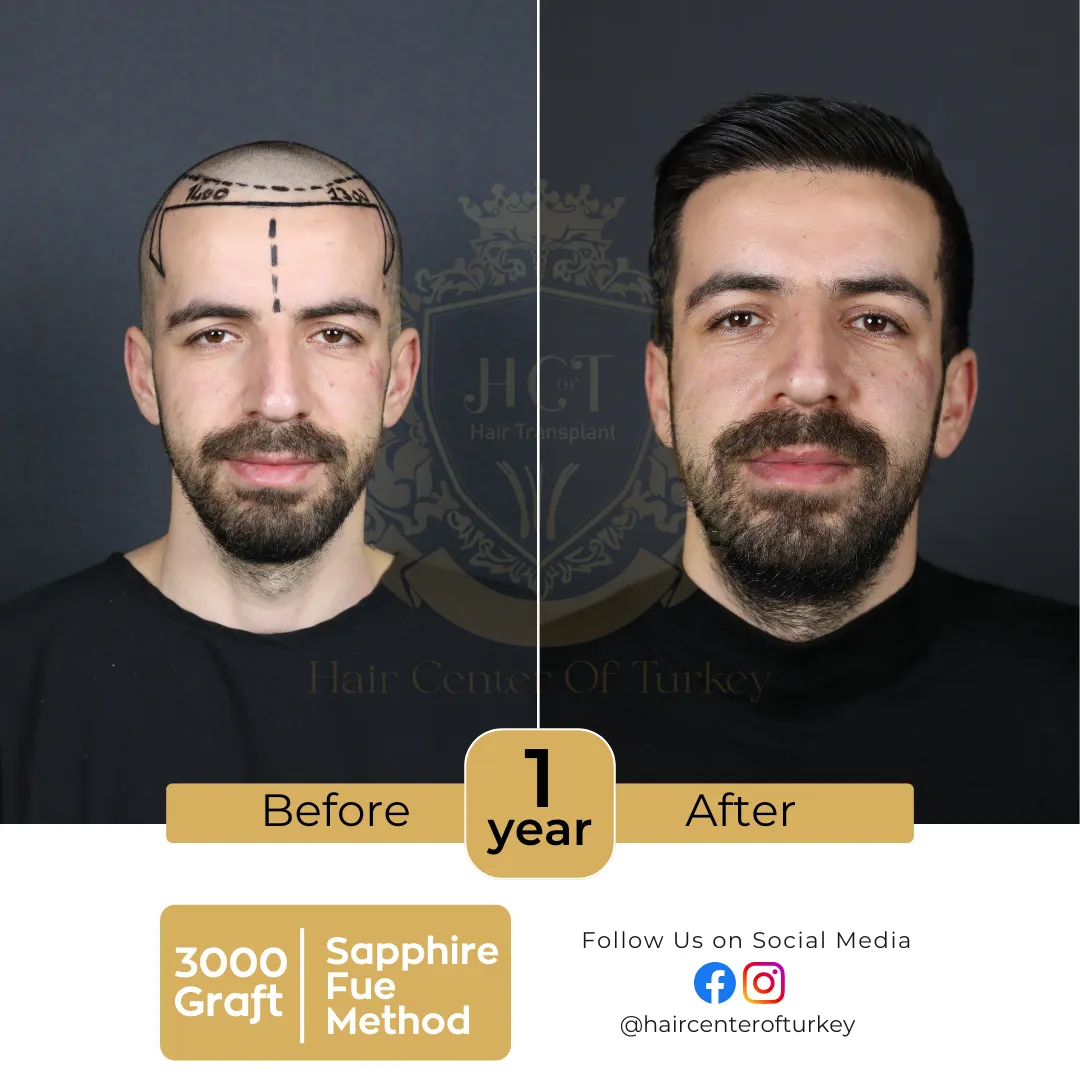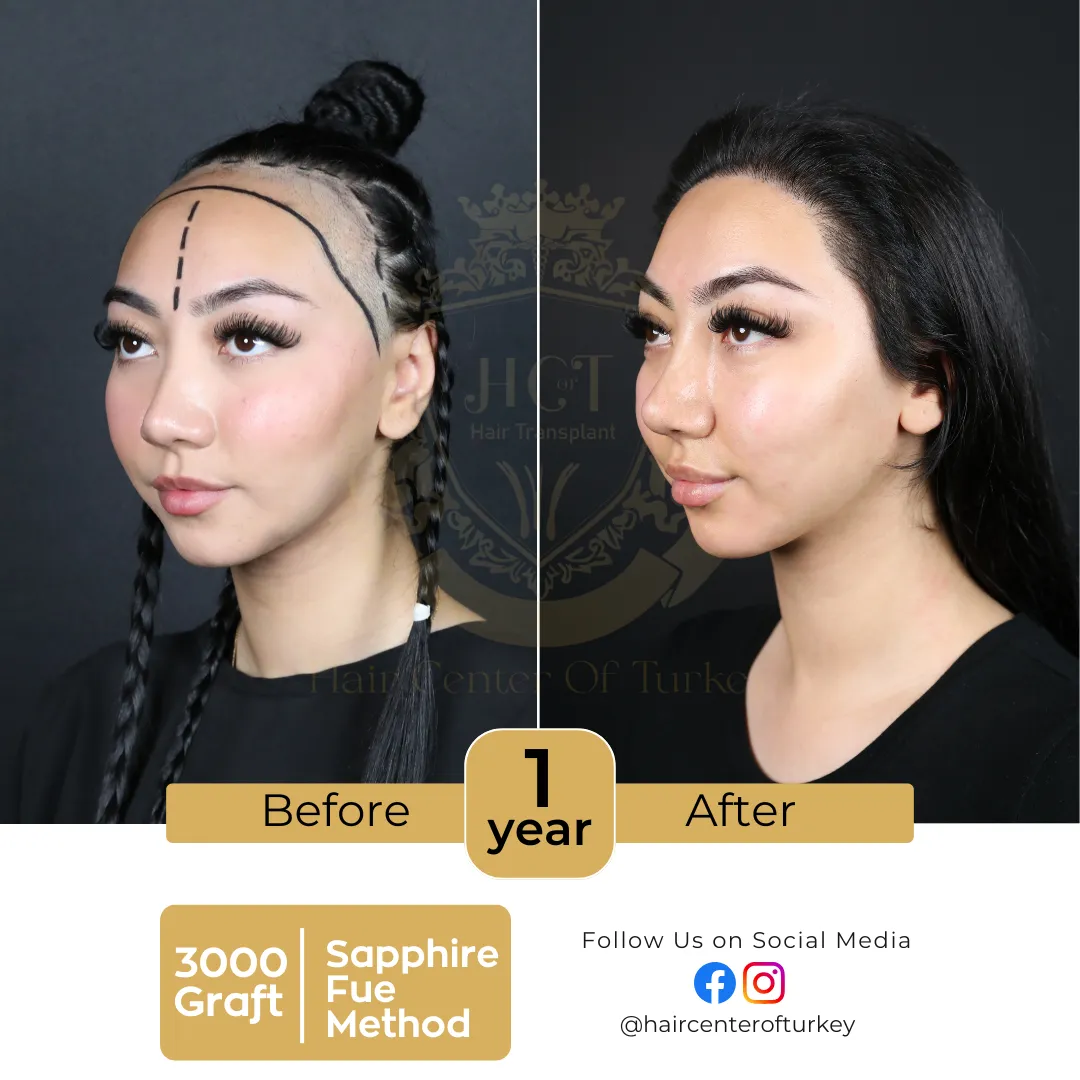Albinism
Albinism is a genetic disorder. Albinism is explained by the fact that there are very few color pigments in the skin, eyes and hair. In Turkey, it is estimated that the number of albinism exceeds 3 thousand and approaches 4 thousand. So, what is albinism in general? Details in our article.

What is Albino (Albinism)?
Albino or albinism is caused by various conditions. Problems in melanin production in the body can cause albinism. Albinism, which means white in Latin, derives from the word albus. People with the disease, which is translated into Turkish as albinism, are called albinos.
People with albinism have color deficiencies in their hair, eyes and skin. The lack of color, which is among the most striking findings, may not always reach significant dimensions. Albinism, which causes increased sensitivity to sunlight, also increases the risk of skin cancer.

What is Melanin?
Melanin, which is involved in albinism, is known for giving color to the skin, hair and eyes. Melanin is also involved in the development of the optic nerve and affects visual function. Therefore, vision problems are more common in albino patients.
Many genes are involved in the production of melanin pigment. The pigment synthesized by melanocyst cells, especially in the skin, eyes and hair, is called melanin. A mutation in any of the genes responsible for melanin production can lead to albinism. In addition, which gene is affected determines the type of albinism. This is because in some species the melanin pigment is not produced at all. In others, little melanin is produced.
What are the Types of Albinism?
Oculocutaneous Albinism: There is more than one type of albinism. The most common type of albinism is known as Oculocutaneous albinism. This disease, also referred to as OCA, occurs when there is a mutation in one of the 7 genes from OCA1 to OCA7. For a person to have this type of albinism, the gene must be passed from both mother and father. It should be noted that the mutation in these genes will cause vision problems.
Mutation in OCA genes leads to decreased melanin production. Mutation in different OCA genes makes the amount of melanin synthesis different in patients. As a result, different melanin synthesis in each patient may lead to different findings.
Ocular Albinism: If a person’s discomfort is limited to his/her eyes and he/she has vision problems, he/she is suffering from ocular albinism. The most common type of ocular albinism is Type 1. Type 1 causes albinism by carrying the mutant gene on the X chromosome.
Since it is carried on the X chromosome, this disease is passed from mother to sons. Males who inherit the mutant copy appear to have ocular albinism. However, this condition is much rarer than OCA.
What are the Symptoms of Albinism?
Albinism (albino) symptoms appear on the skin, hair and eyes. The skin color of a person with albinism is usually lighter. Hair colors range from white to brown. Depending on the form of the disease, albinos may have a similar hair and skin color to their non-albino relatives.
FAQ (Frequently Asked Questions)












































